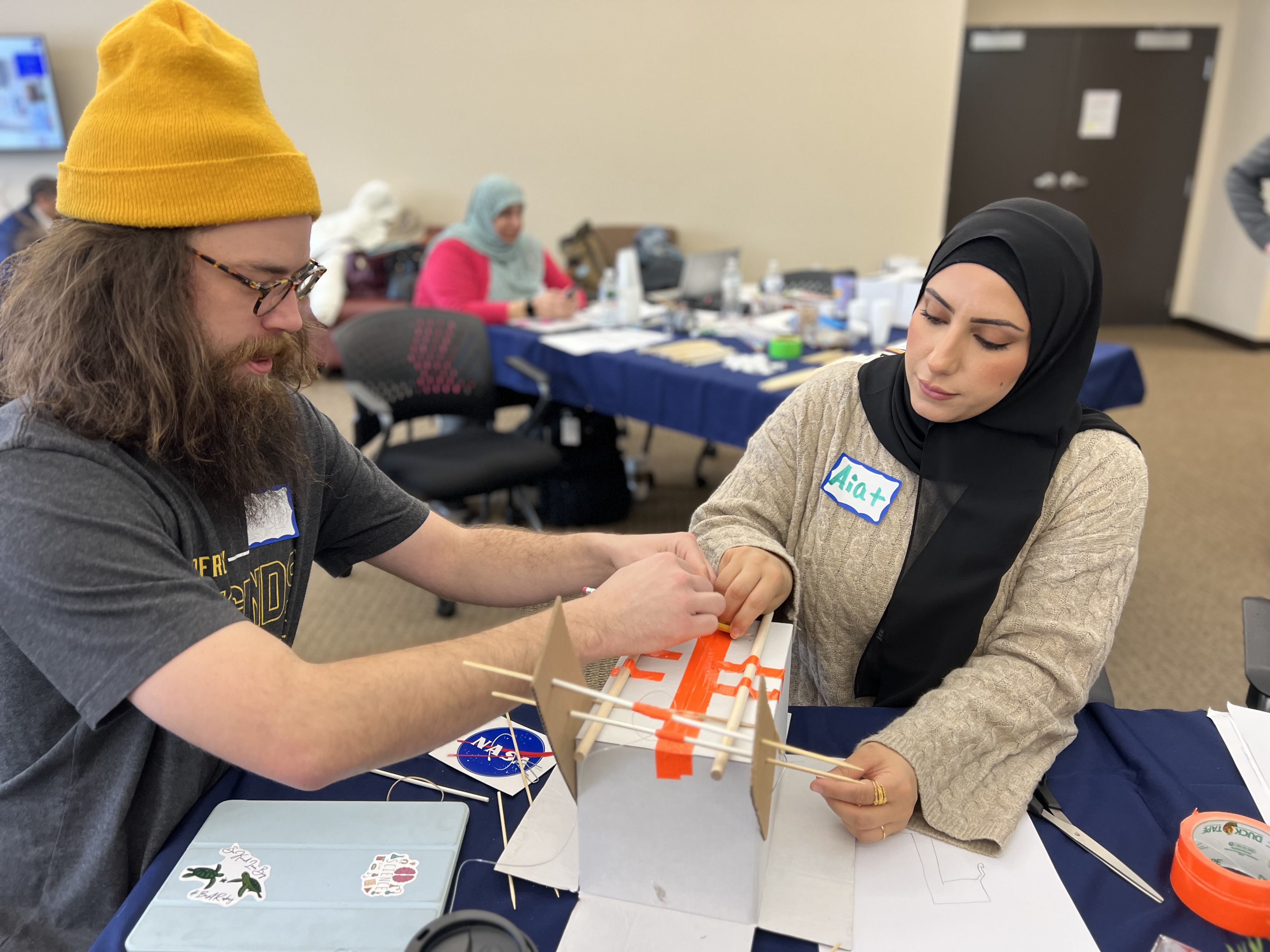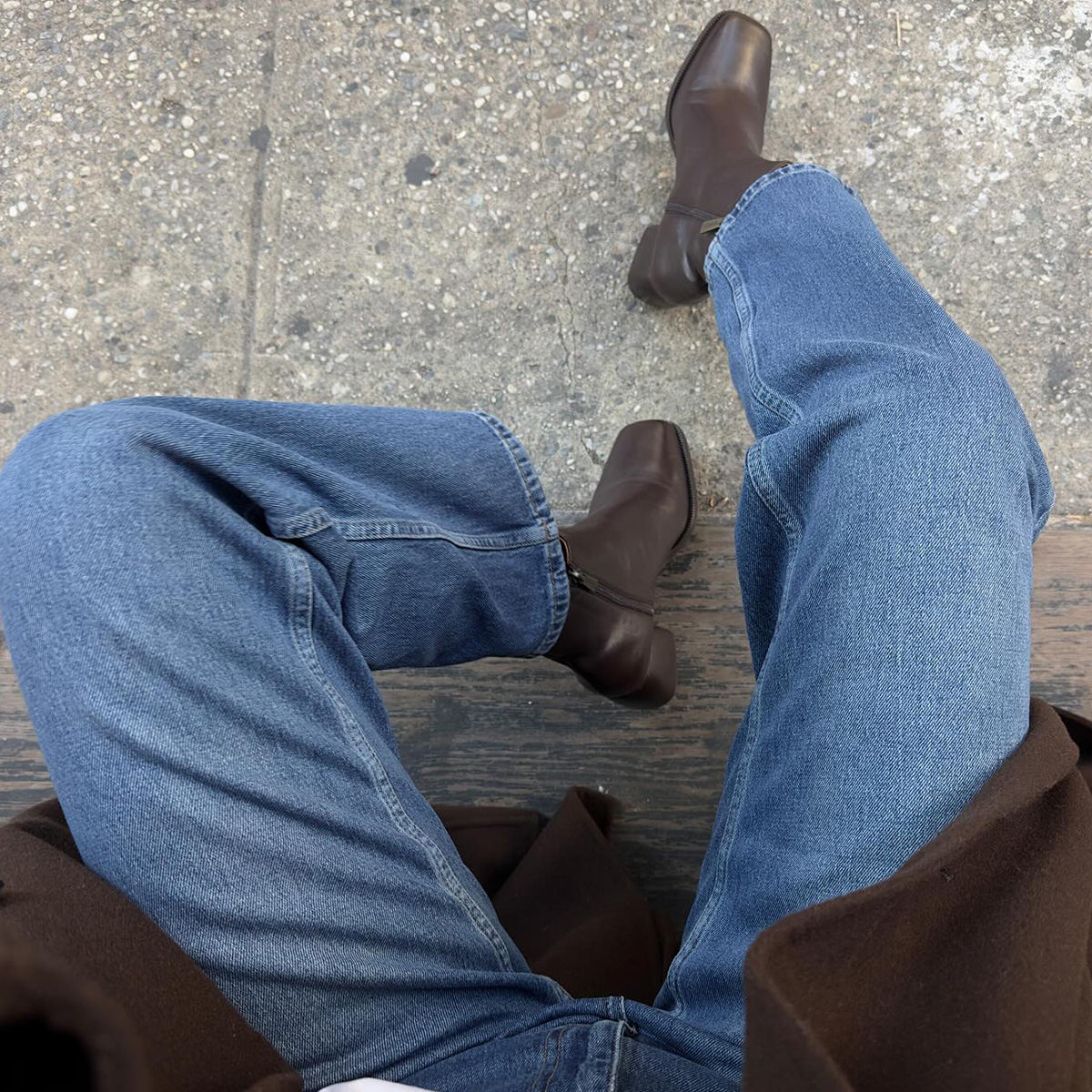Word of Mouth: Tokyo West
Our most recent highlights, which we suggest as anchor points from which you can venture Nothing quite reveals a city’s soul like exploring it on foot. This is especially true in a …
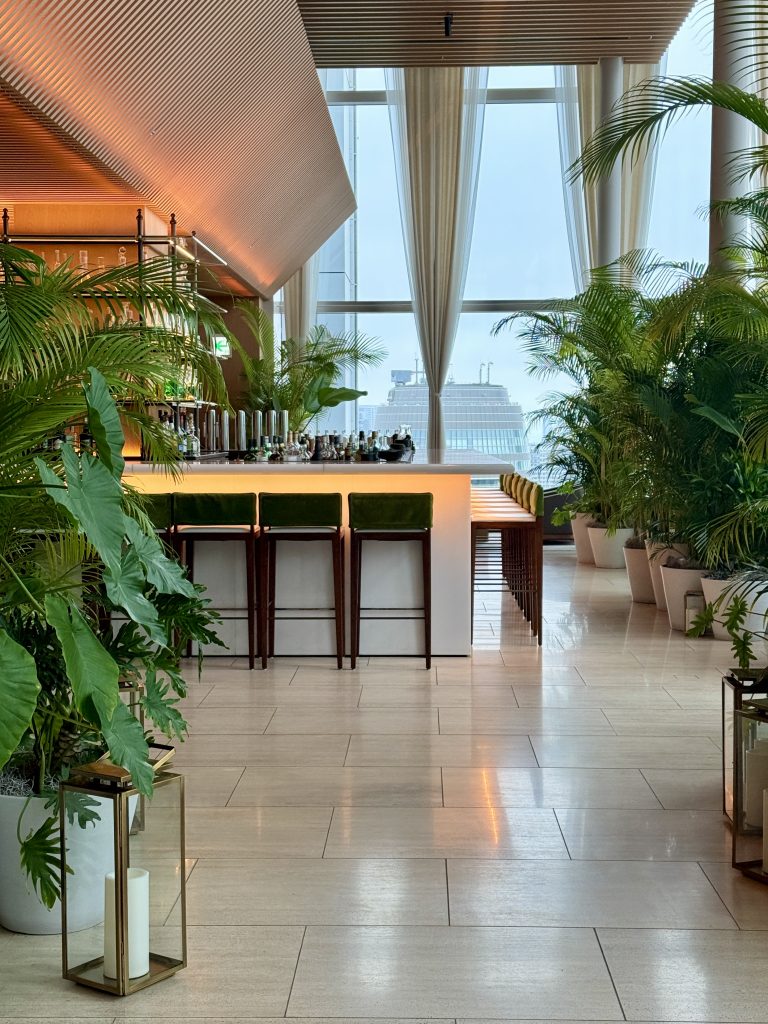
Our most recent highlights, which we suggest as anchor points from which you can venture
Word of Mouth: Tokyo West
Our most recent highlights, which we suggest as anchor points from which you can venture

Nothing quite reveals a city’s soul like exploring it on foot. This is especially true in a sprawling metropolis like Tokyo where it can be quite tough for a visitor to get their bearings in the seemingly endless winding streets. Walking Tokyo is a commitment, especially heading in a generally west/southwest direction from Azabudai to Roppongi, Daikanyama, Aobadai and Aoyama. The hilly sections of these neighborhoods are mostly gradual, though at times not. These are mostly residential neighborhoods with some commercial elements mixed in, with the exception of Azabudai and Roppongi which boast many towers and shopping malls, and yet are still rather pleasant to traverse with much to discover. Here we’ve collected our most recent highlights and suggest using them as anchor points from which you can depart. As is always the case in Tokyo, the excellent metro system is there to start you on your way or ferry you back should you wish only to walk the inbound or outbound leg. 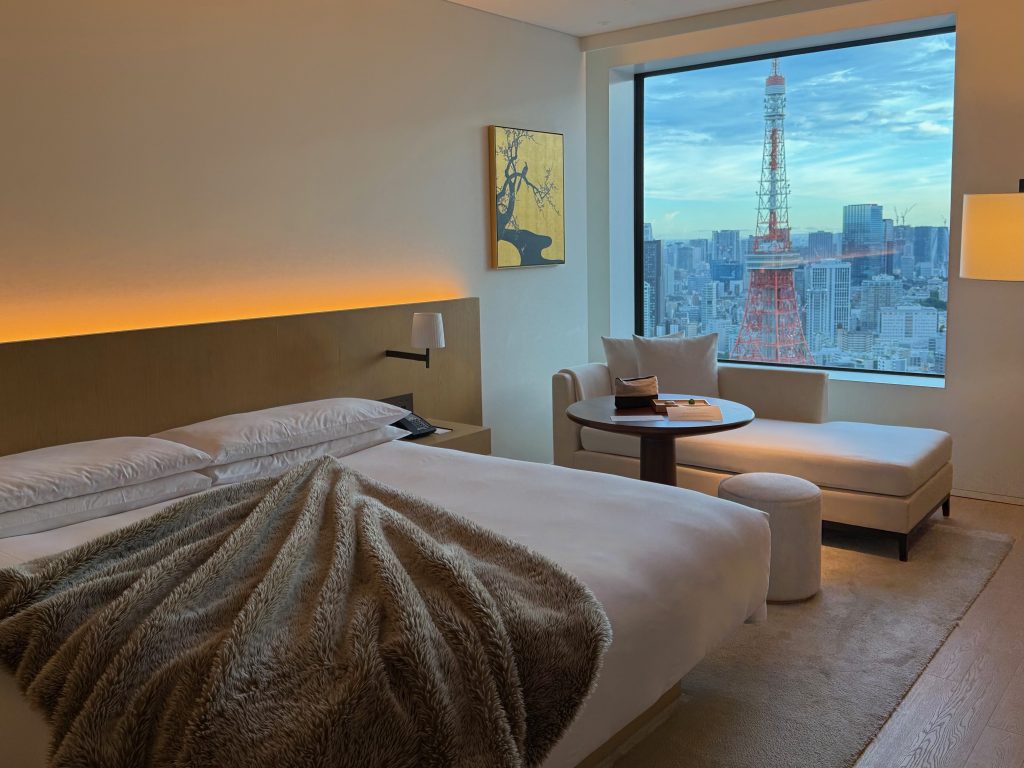
Since opening in October 2020 The Tokyo Edition, Toranomon has proven alluring to both international and domestic travelers, as well as locals who pop in for the incredible views and the excellent food and beverage program helmed by award winning chef Tom Aikens. The 200+ guest rooms and suites occupy several of the upper floors within the gleaming Tokyo Gate skyscraper and the dramatic views begin once you arrive in the main lobby on the 31st floor. It is here that you begin to get a real sense of what an impressive collaboration this is between hotelier Ian Schrager, Miwako Date (president and CEO of the Mori Trust) and renowned Japanese architect Kengo Kuma. Upon exiting the elevator guests find blonde wood and a minimal hallway that leads to a lushly decorated reception era full of plants where the ambiance varies with the time of day and weather. Offering ample lounge seating to those looking for co-working space during the day and those looking for intimate corners suited to cocktails and conversation in the evening, it is one of those hotel lobbies you could easily sit in for hours.
Anchored by a square bar that buzzes with energy at night while the Tokyo Tower glimmers outside the floor to ceiling windows, it’s easy to see why locals would come in just for a drink, any meal of the day at The Blue Room or an even more elevated experience for dinner at The Jade Room + Garden Terrace where Aikens brings his unique creativity to European dishes using traditional Japanese ingredients, resulting in a truly interesting international tasting menu. Also popular with locals is the Gold Room located on the ground floor, which offers an impressive in-house cocktail menu in a dimly lit space that feels like the VIP room at a well-appointed nightclub. The guest rooms are still the main draw, with minimalist design and signature bath products by Le Labo, a fuzzy blanket draped on the bed, cozy robes, and a really comfortable mattress. What sets this Tokyo Edition apart from other properties in the portfolio are the panoramic views of the city. Whether you’re facing the Tokyo Tower or not, it is hard to pull yourself away from the window, morning, day or night. 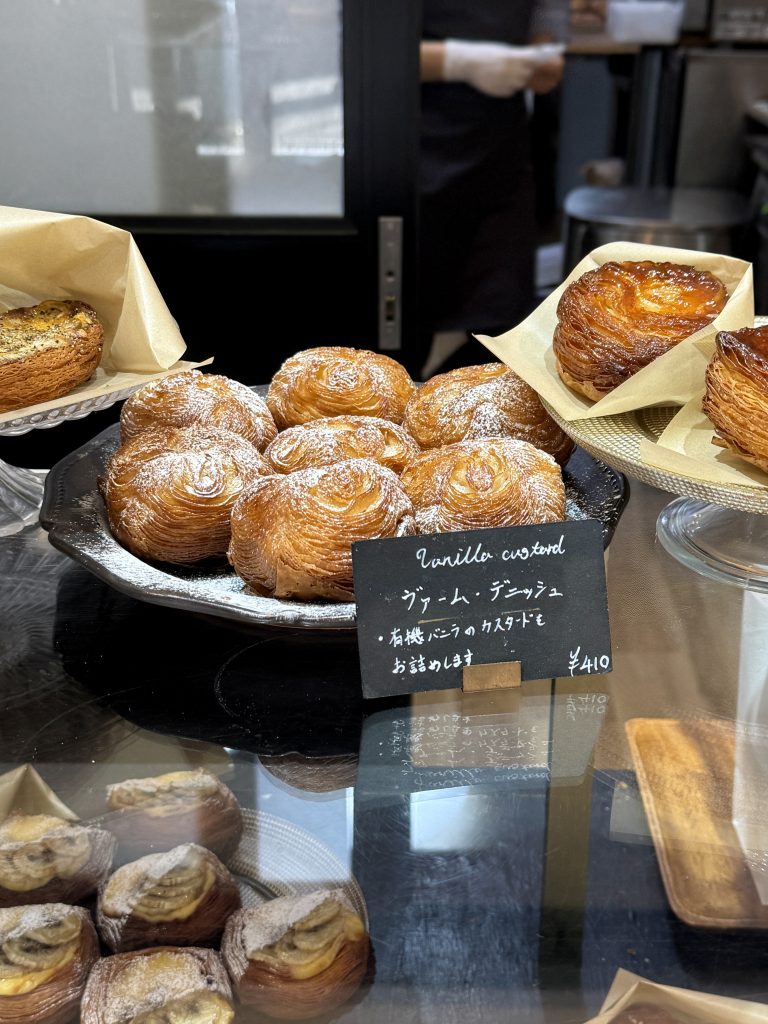
This tiny grab-and-go bakery offers some the best pastries you’ll have anywhere in the world, let alone in Tokyo. Owner/operator chef Koide is working at a very high level to deliver authentic Danish sweets like a cream puff or strawberry danish, but also incorporating Japanese ingredients like Adzuki bean or grilled chestnuts to make truly delicious savory treats as well. If you’re lucky you’ll be able to grab a seat on the bench out front and watch life in the neighborhood unfold while you enjoy your snack.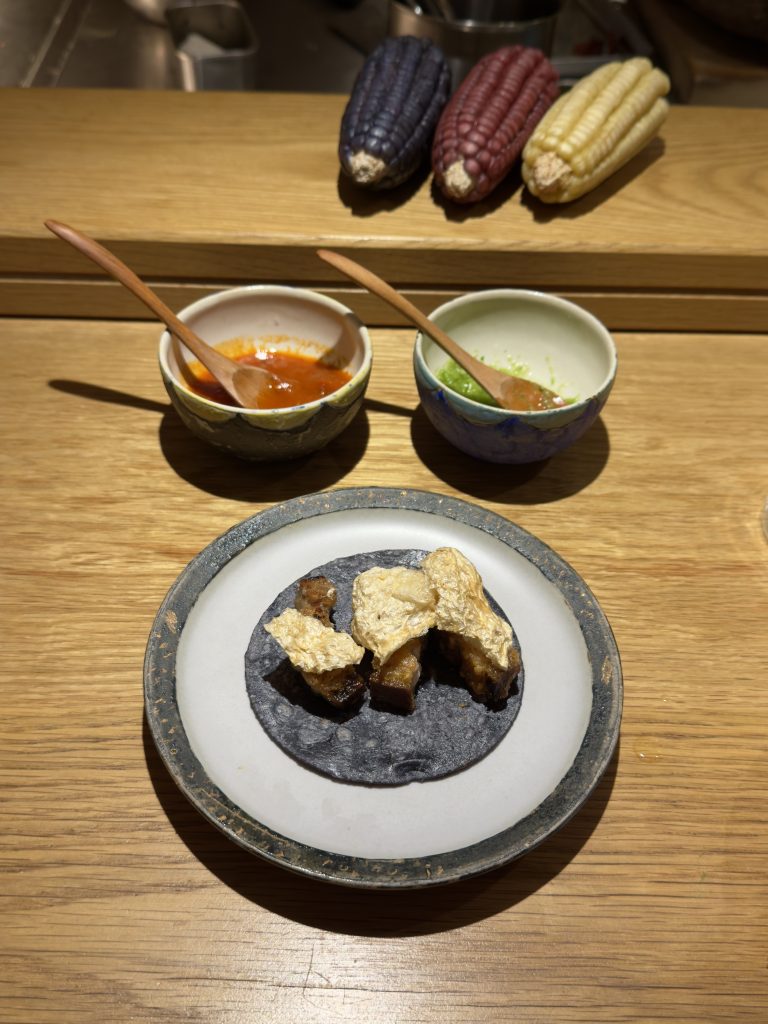
Since 2018 chef/owner Marco Garcia has been serving up the staple food of his native land and incorporating the elements of Japanese culture that have fascinated him since he first came to the country as an exchange student. The space is minimal, but bright and welcoming, just like the food served within it. Each taco we tried was worthy of signature status in our opinion, but we certainly agree the crispy pork topped with chicharron deserves its place as the official signature item on the menu. The decadent Tankaku-Gyu Barbacoa made with free-range wagyu from Iwate Prefecture or simple Frijoles made with pinto beans from Hokkaido are must-try items, but what brought us back the next morning after our first visit was the Scrambled Eggs with Shirasu. Mixing baby sardines into scrambled eggs sounds unusual, until you bite into the taco and find there’s just this added element of salinity which makes the eggs a perfect companion to the warm, fluffy blue corn tortilla that Garcia prepares fresh to order. 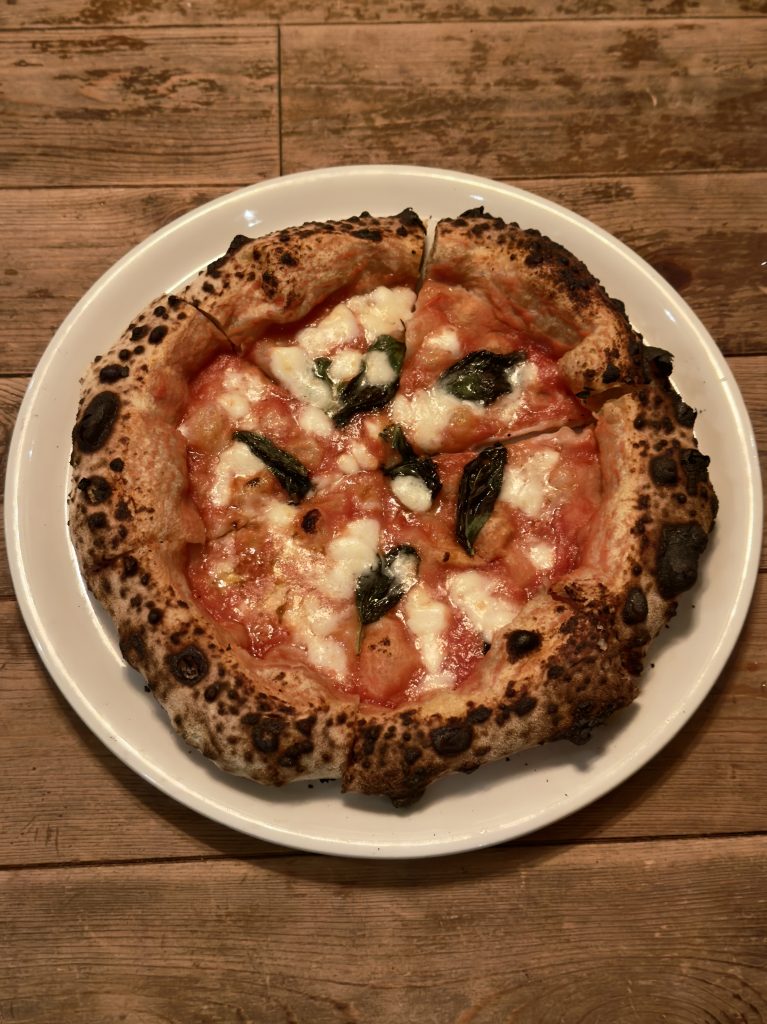
Utilizing the freshest high-quality ingredients from Japanese farms to make naturally leavened Neapolitan-style pizza isn’t a new concept in Tokyo. There are a number of pizza places in the city loved by locals and tourists alike, but newcomer Sabasu in the neighborhood of Akasaka is quickly rising in popularity thanks to the beautiful 20-seat space, the dedication to the quality of dough from owner Luke Savas and the fantastic natural wine menu curated by sommelier/winemaker/co-owner Stephanie Jacob. As Savas told us when we visited, the building was previously a hostel (where he had stayed when visiting Tokyo) and a Ryotei (traditional Japanese restaurant) before it became available to house Sabasu. The Black Garlic pie is not to be missed, nor is the simple Margherita and it’s highly advisable to save room for a Tiramisu to share for dessert.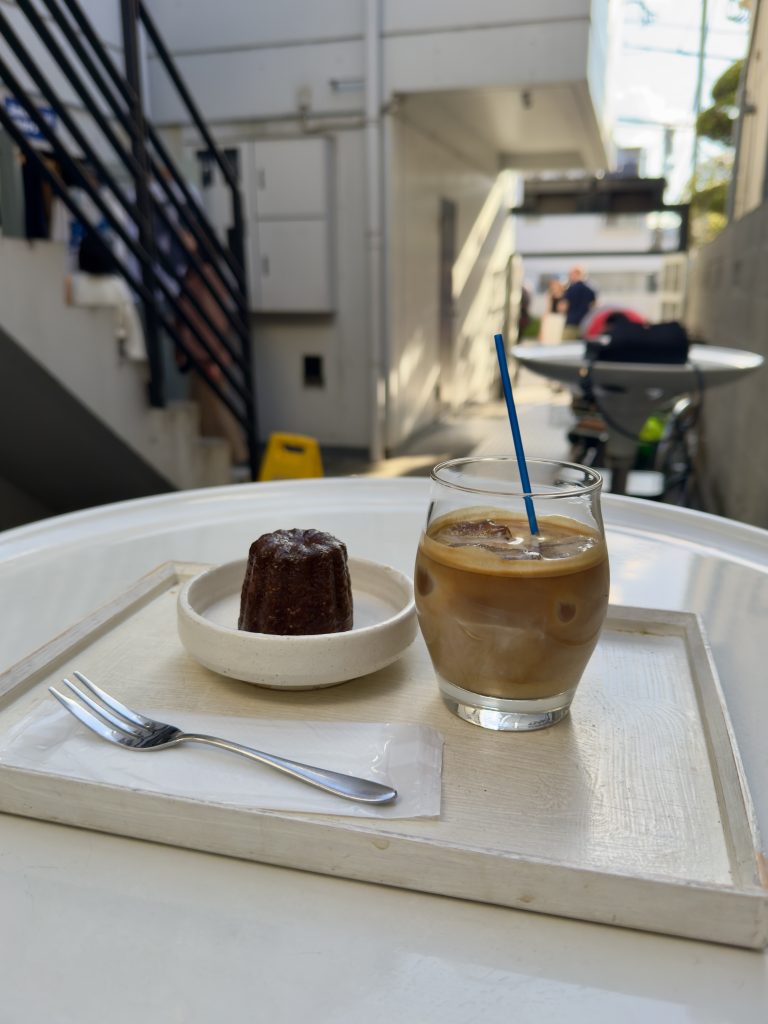
Tucked away down an alley in Tokyo’s trendy (yet somehow still overlooked) Jingumae district, Baggage Coffee feels like the kind of local’s spot shared among friends. The cafe occupies a converted residential space, where polished concrete floors meet warm wooden accents, it’s an exercise in minimalist design that still manages to feel deeply welcoming.
The building’s history as a former baggage storage facility gives the space its intriguing name, but today it’s less about storing travel goods and more about creating moments worth remembering. Sunlight streams in the windows of the seating area where locals and tourists alike tap away at laptops and friends lean in for intimate conversations. Where some coffee shops in Tokyo feel a bit sterile, Baggage is just the opposite with a friendly energy flowing through it.
Thankfully, the coffee is quite good too. Every drink is thoughtfully prepared with precision using beans sourced from small-batch roasters across Japan. The baristas are knowledgeable and work with confidence to prepare espresso drinks or pour-over coffee, leaving the pretense and air-of-superiority to other shops throughout the city. The Salted Caramel Latte came highly recommended, though we opted for an iced Cortado to accompany the Canele, which is admittedly the main attraction. 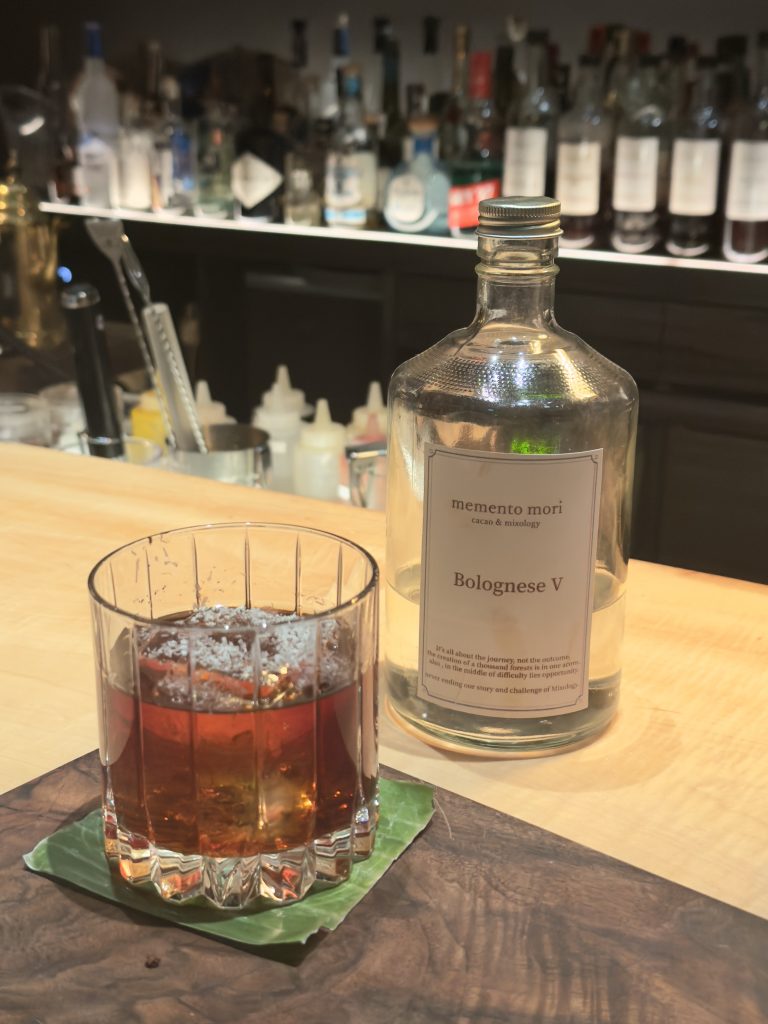
A high-end bar specializing in cacao-infused drinks tucked away on the third floor of a gleaming high rise might sound like someone poking fun at cocktails culture, however it’s very much a place we enjoyed. Finding your way to the third floor of the Toranomon Hills Business Tower does require a small leap of faith, but once you’ve arrived at memento mori you’re richly rewarded with another well executed space by Spirits & Sharing Co. Led by CEO Shuzo Nagumo, the group operates five bars and a boutique in Tokyo, as well as a bar in Singapore. Each business is distinct in both design and approach to preparing drinks, with just the right amount of connective tissue to make each experience feel of the utmost quality. Inside at memento mori, you can get a very well-made classic cocktail, but exploring the range of cacao from around the world and how the team has incorporated it into drinks like the Amazon Negroni and Cacao Pulp Fizz is the best place to start.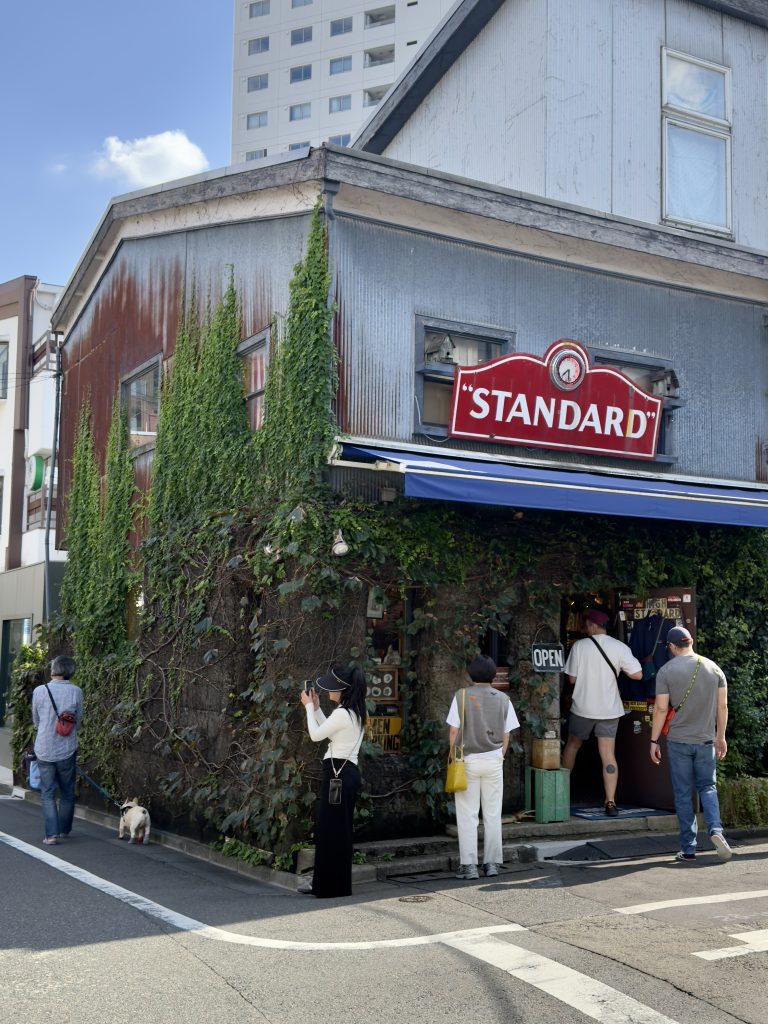
Occupying a converted Showa period home on a buzzy Daikanyama backstreet, High Standard is the kind of clothing boutique many dream of when visiting Tokyo. Specializing in both American and Japanese brands, the shop has a great mix of sportswear, workwear and accessories. The well-curated racks tell a lovely color story yielding a space that feels more like an art gallery than a retail store. Vintage military jackets hang next to hand-dyed indigo work-shirts, loopwheeled sweatshirts and heavy knit t-shirts. Limited edition sneakers rest on antique carpenter’s benches in a corner, inspecting what’s available closely is highly suggested as you might just score something that’s otherwise quite hard to find.
Although there are many stores like it in Tokyo, High Standard dates back to the early 1980s when they only sold US-made socks. Since then Daikanyama has gotten quite trendy and much larger stores with a similar brand list have opened in the area, but High Standard maintains a loyal customer base and mints new fans daily by excelling at attention to detail. It’s much more than just a shop, it’s a tribute to the art of curation, where every item earns its place through quality, craftsmanship or story.
Choosing a Japanese denim brand to feature is like choosing a favorite album or movie: overwhelming, full of caveats and nearly impossible. Instead of that seemingly futile exercise we’re opting to highlight an experience that’s equal parts education and retail therapy. A visit to OKAYAMA denim requires booking a one-hour appointment ahead of time, but what that’ll give you is dedicated attention from the incredibly knowledgeable staff. Stocking all the heavy hitters, OKAYAMA also offers a number of smaller labels rarely seen or known outside of Japan. In case you’re not a denim-head there’s a selection of tops and bottoms for men, women and children made from other fabrics. Peruse their website for inspiration, order some items if you wish, but add a visit to their studio in Daikanyama to your Tokyo itinerary to get the full breadth of knowledge held by the employees. Only after an in-store consultation can you walk away from a purchase with the assurance that you’ve chosen the best fitting, highest quality Japanese goods possible.
What's Your Reaction?
































.jpg?width=1920&height=1920&fit=bounds&quality=80&format=jpg&auto=webp#)














